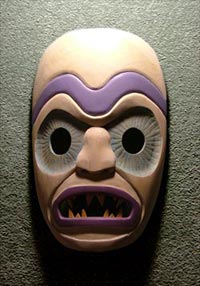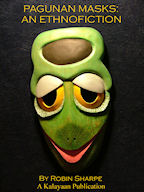According to Bloughart, Schwartz and several others the Pagu seemed to take great delight in frightening their children with fanciful threats but they were also very pleased when children see through the ruse. As they never used corporal punishment beyond warning slaps for the very young and very seldom raised their voices to their children; instilling fear may have been the main method of discipline. Schwartz, who was from a vigorous German spanking culture, was intrigued by the lack of violence in child raising. He wondered whether this related to the brat child concept where defiance and insolence were expected from children.

